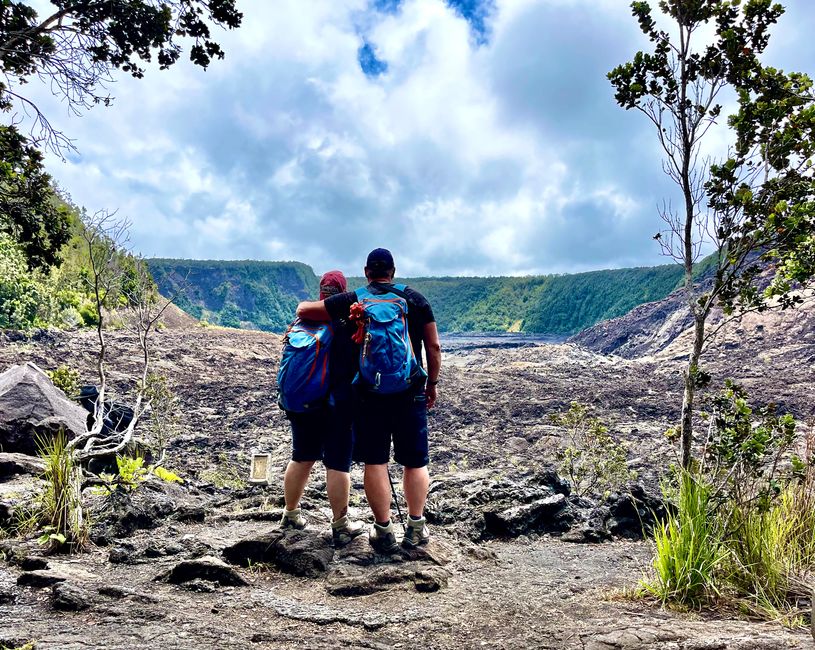Above the clouds and yet on the ground
Published: 29.08.2023
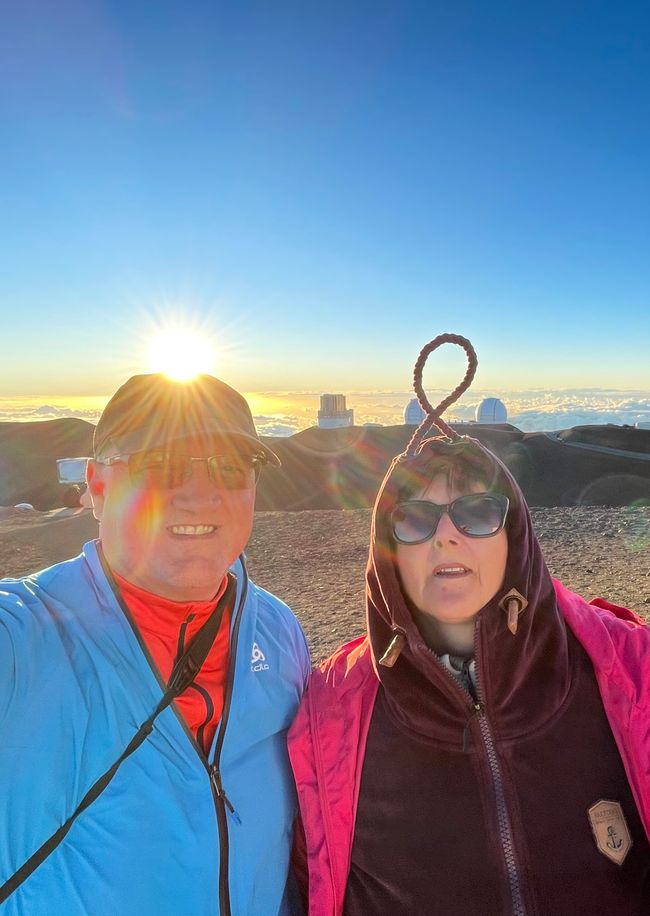

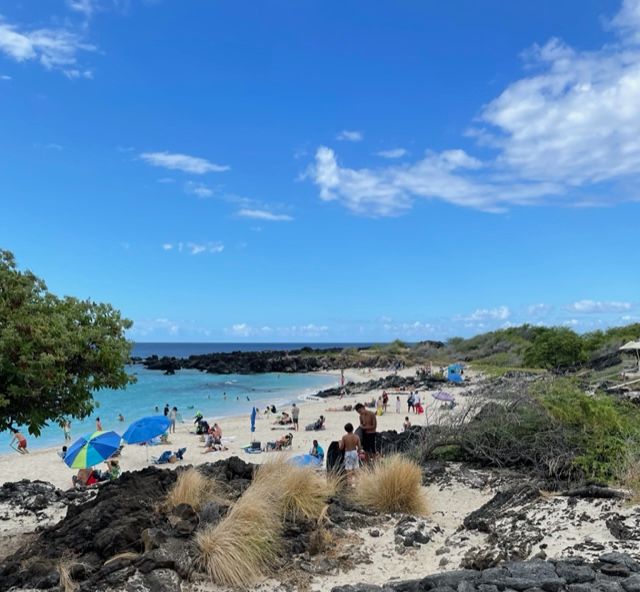
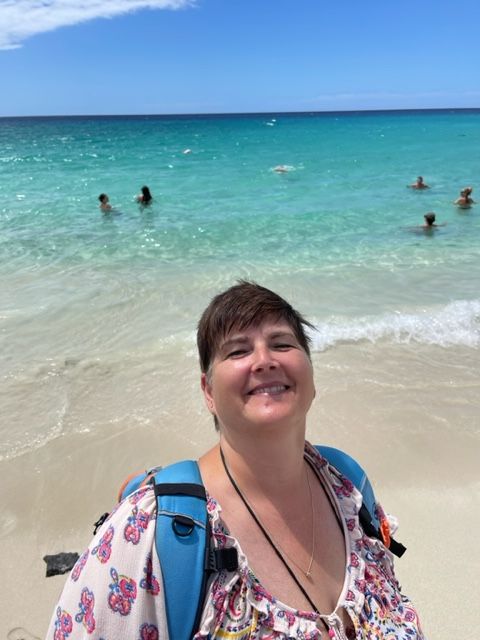
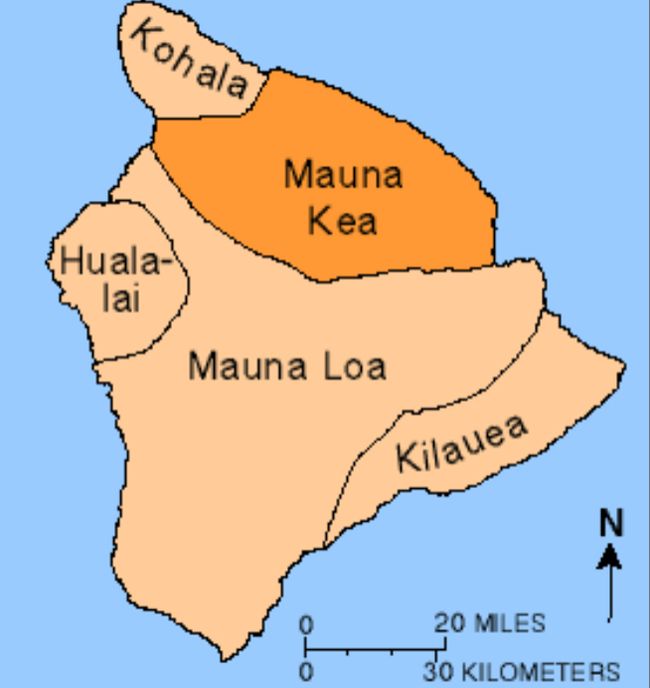
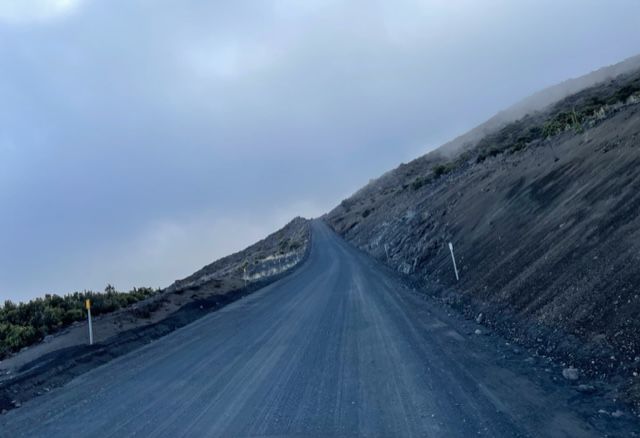
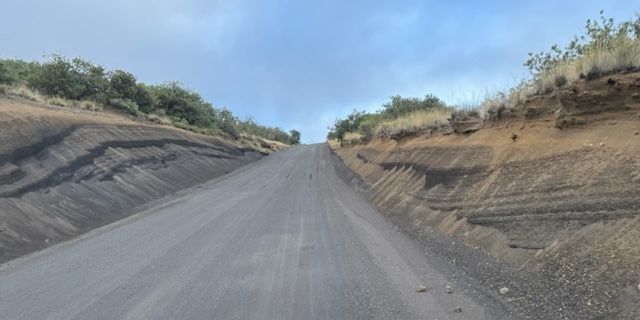
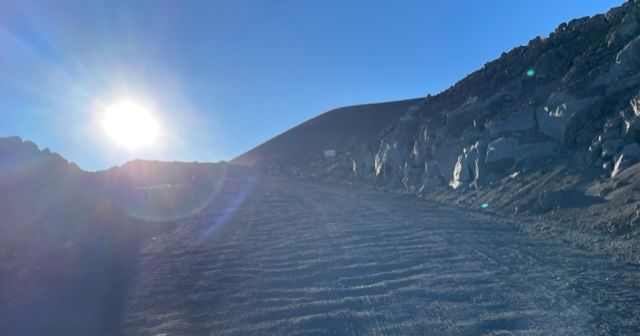
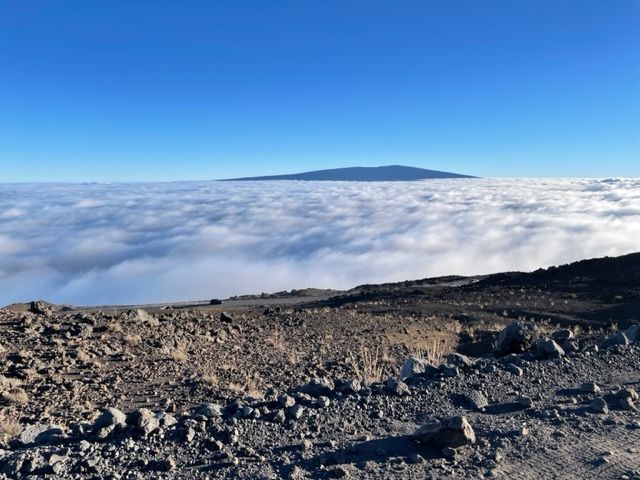
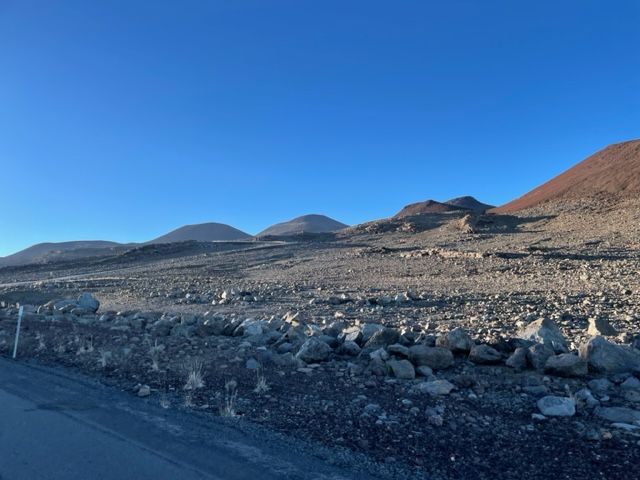
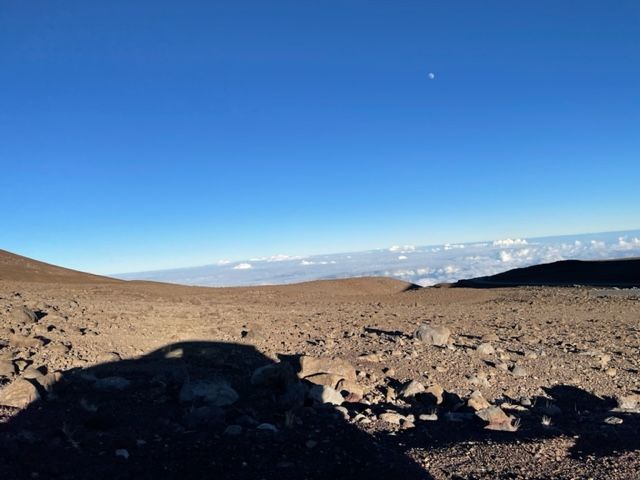
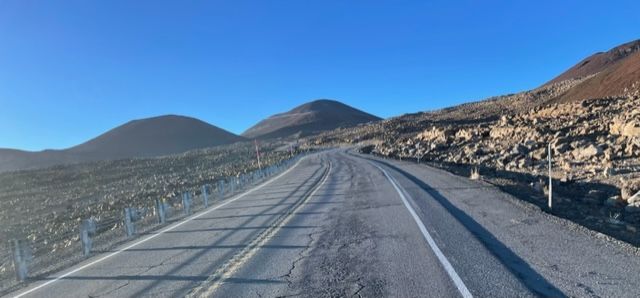
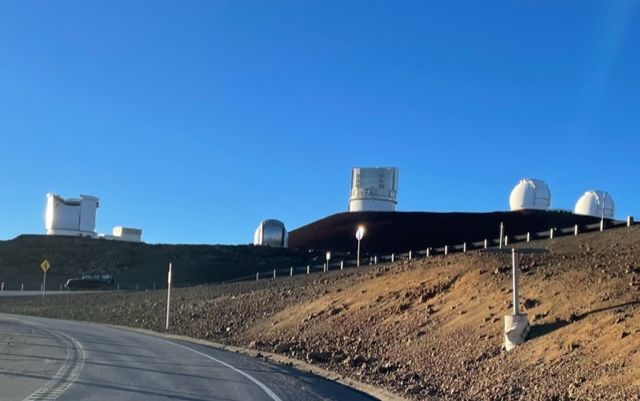
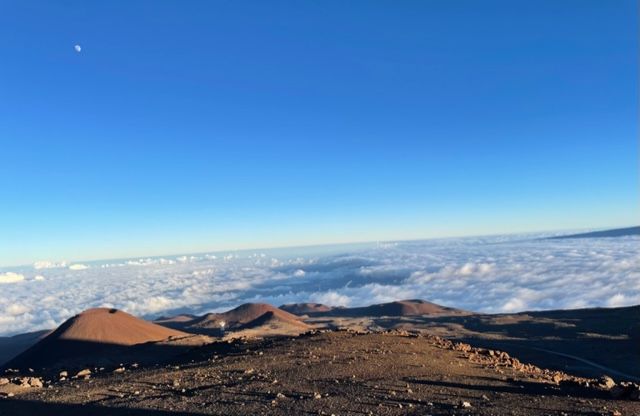
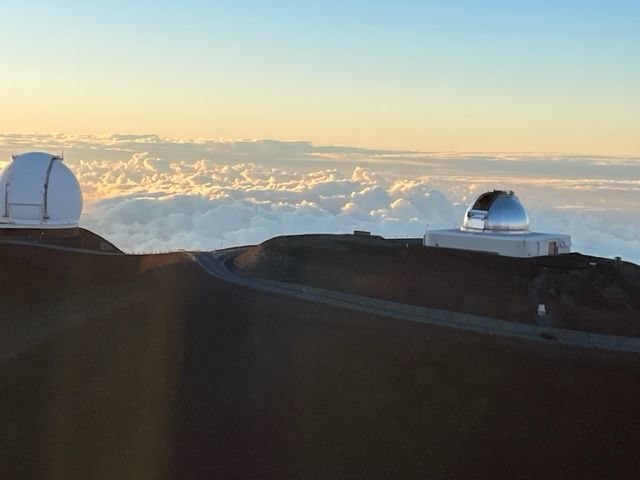
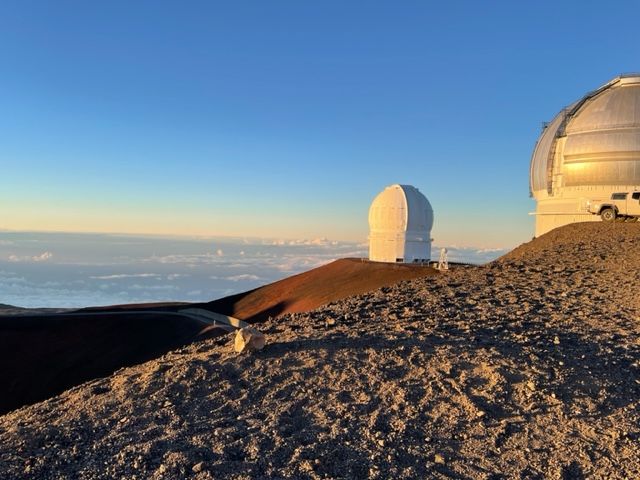
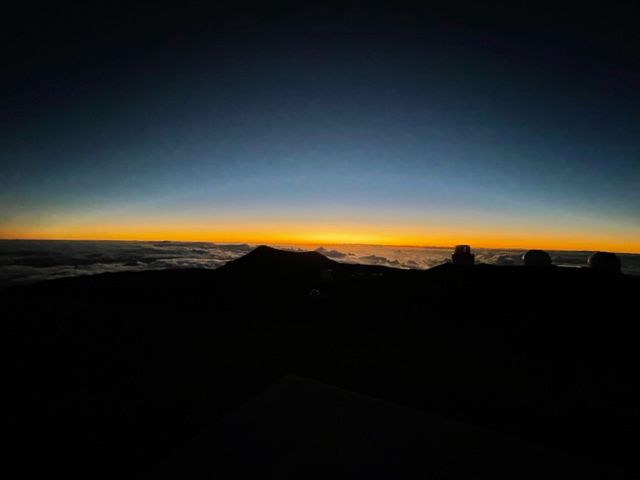
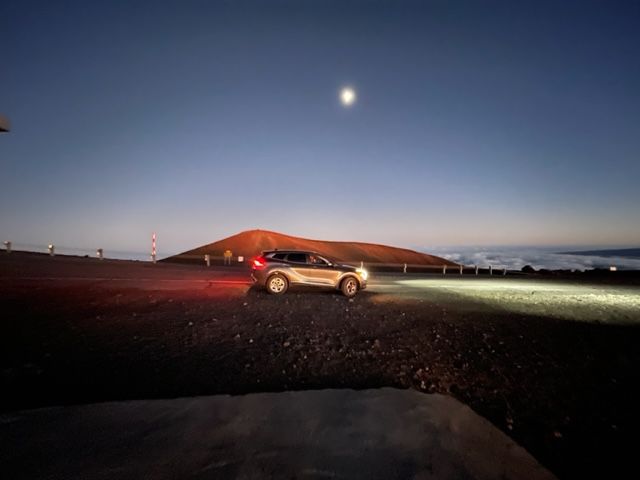
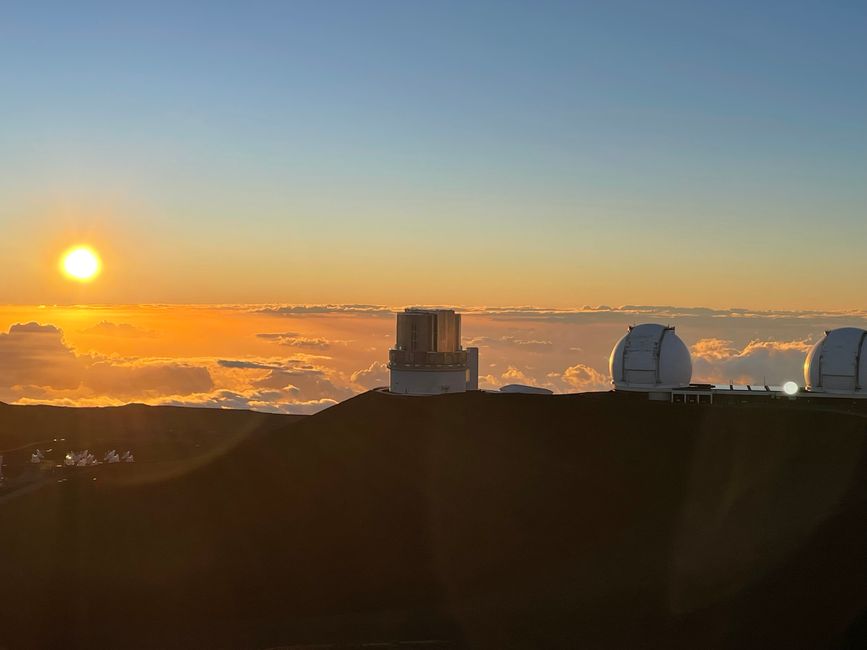
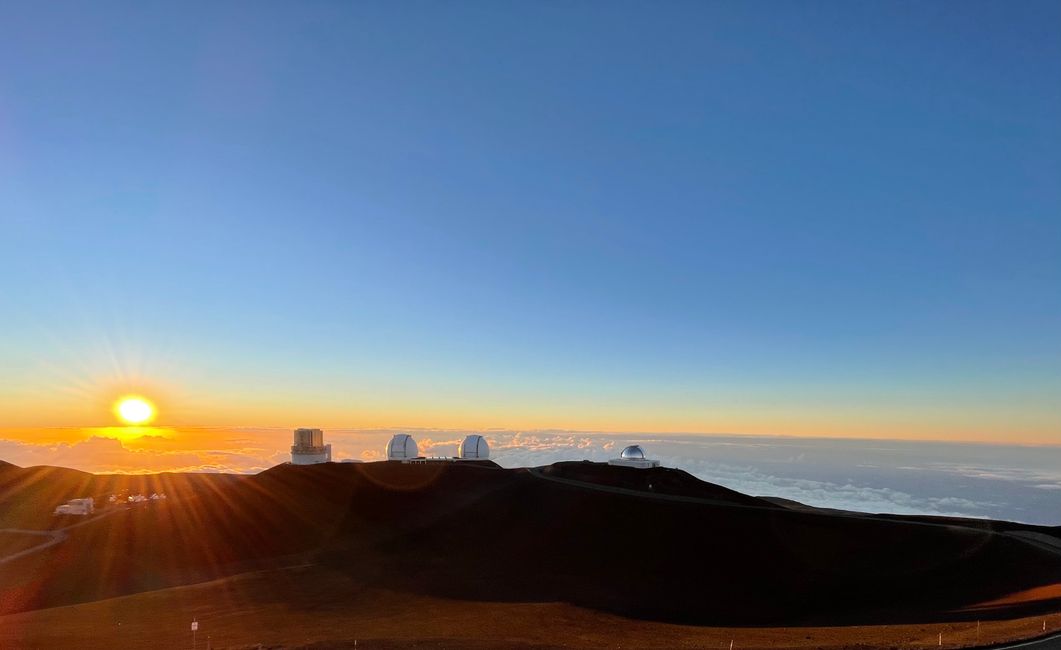
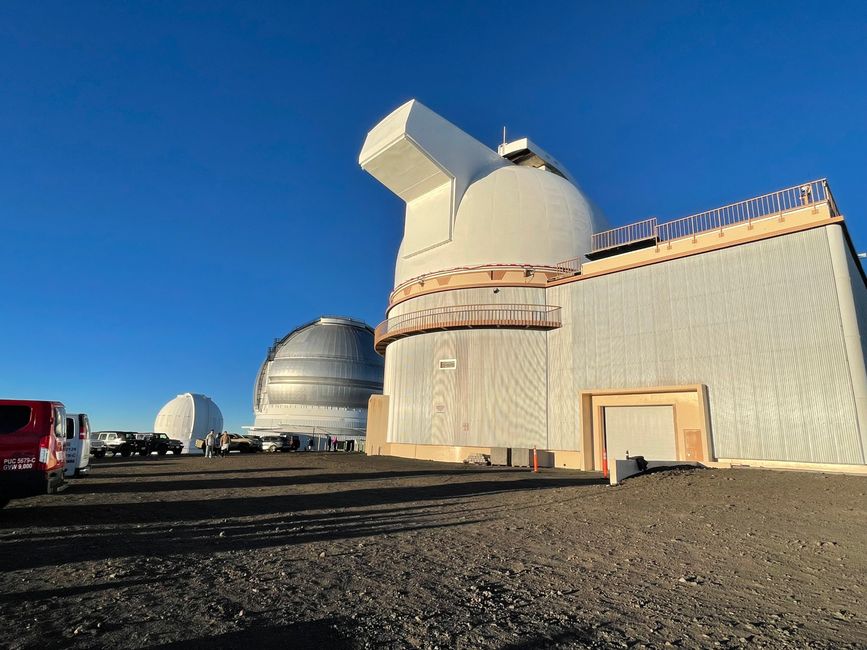
Subscribe to Newsletter
Today is our last day on Big I and in Hawaii. After a leftover breakfast - because the fridge has to be emptied,

we head towards the beach with our sandwiches lubricated. An insider tip: Kua Bay with Manini'owali beach. But as it is with insider tips these days, thanks to social media, nothing is secret anymore.

But still, a beautiful sandy beach with turquoise water and beautiful waves for swimming.

Sandy beaches are rare here on Big I; rocky lava beaches tend to dominate here. You can snorkel there, which unfortunately we couldn't try out due to a lack of equipment 😩😩. Well, you can't do everything - although it would have been nice. So what, next time. Swimming was wonderful, unfortunately, as we lay on our blanket, the wind whistled around the corner and brought the fine sand with it, which we then found in every crack and every ear. At some point it started to rain, so it was time to set off for our last stop of the day: to experience the sunset on Mauna Kea, the highest volcano.

Facts
At around 4205 m, the Mauna Kea volcano is the highest mountain in Hawaii. If the portion below the sea surface is taken into account when measuring the height, Mauna Kea is considered the largest and highest mountain in the world at 10,203 meters. Mauna Kea is considered a sacred place in Hawaiian culture. According to Hawaiian belief, one can connect with one's ancestors at the top of Mauna Kea and reunite with living relatives even after one's own death.
Mauna Kea is home to one of the most important astronomical observatories today.
Universities and institutions from 11 nations have been operating the Mauna Kea Observatory here since 1968, which is now the largest observatory in the world. Scientists here have a clear view of the stars for 90% of the year.
The journey of 70 km stretches like chewing gum here too. Beautiful sunshine on one side and dark clouds on the other. With our luck, today there is 10% unobstructed visibility per year.
Driving to the visitor center in our automatic 4x4 Kia Sportage is challenging for me. Every time I accelerate uphill the car howls extremely, poorly tuned automatic transmission. We reach the visitor center at 2800 m somewhat stressed. There is a hustle and bustle in the parking lot. Well, only four-wheel drive vehicles are allowed up there and there are plenty of others standing around here. We queue up in a queue of waiting cars. Driver change. When it is finally our turn, the first question that comes up is whether we have already taken the 30-minute acclimation break? We said yes, even though she doesn't believe us. We then receive a short lecture about how health problems can arise at altitude and that we should then turn back. What the road conditions are like

and that 15 minutes after sunset the ranger signals departure with a flashing light. After a quick check to see whether we actually have four-wheel drive and a brief explanation of how to drive something in which gear, we are allowed to drive on. After a few meters the asphalt changes into a gravel road, a wavy, rough gravel road.

After a few meters in altitude we break the sound barrier - er cloud cover, of course I wanted to say. Our Kia isn't that fast after all.
The view is magnificent.

Meter by meter we approach the summit, now back on asphalt. (I assume that the piece of gravel road is intended to deter normal cars.)
This is what it must look like on the moon or Mars.



The sunset is gorgeous



and 🥶🥶🥶🥶. Down 28 degrees here at 4205 m 3 degrees. Despite long trousers, a sweater, a jacket, thick socks and a rain jacket, my hands were ice cold.

We would have liked to see the starry sky, but unfortunately the cars make too much light and therefore have to clear the field for the professional stargazers after sunset. They opened the observatories 10 minutes after sunset and got into position while we, almost as the last car, started the journey home.

It is now pitch black when we reach the visitor center. The Hawaiians are a caring people after all. They inquire about our well-being and measure the temperature of the brakes, 300 degrees Fahrenheit/150 degrees Celsius. Too hot to continue driving, says the ranger 🤔, we have to take a 30 minute break to cool down the brakes. This time we do it too because we are hungry and use the time for our second meal of the day, our sandwiches.
That was a great experience and a nice ending. Pack now, because we're going to continue tomorrow.
Subscribe to Newsletter
Answer
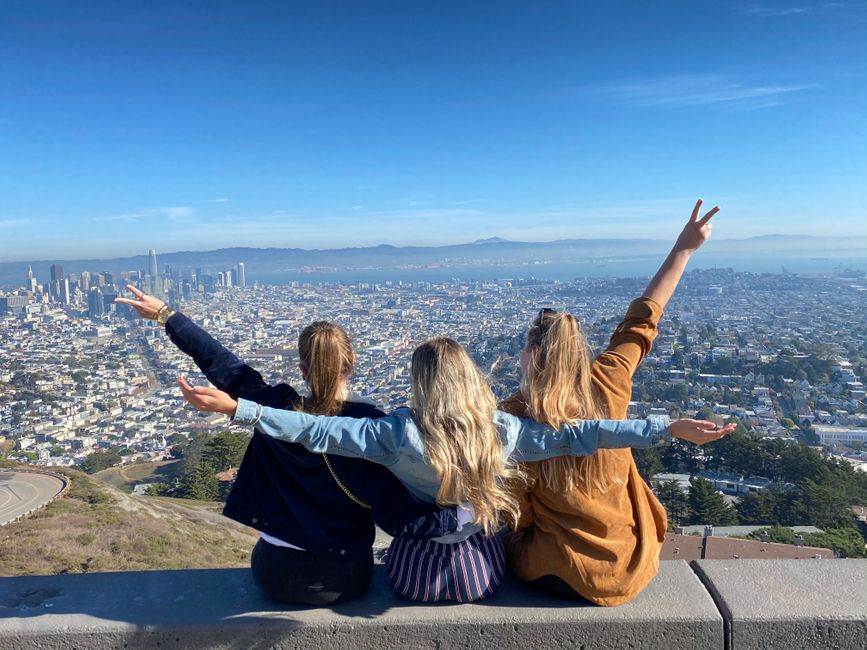
Travel reports USA

